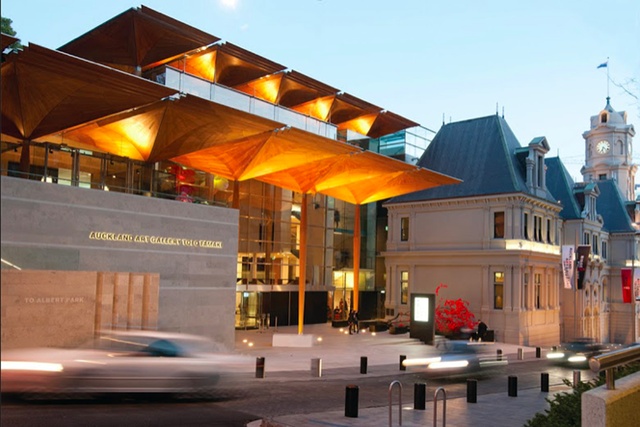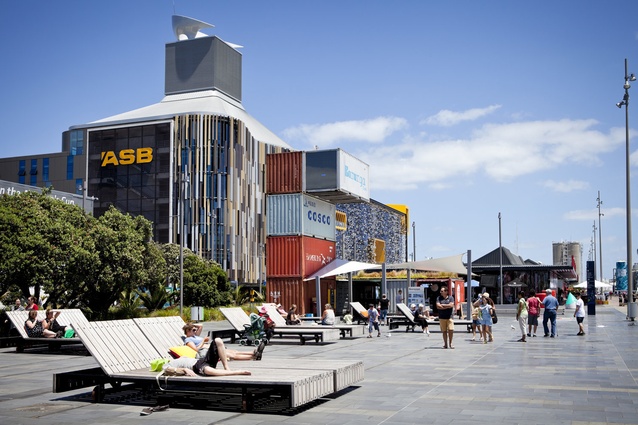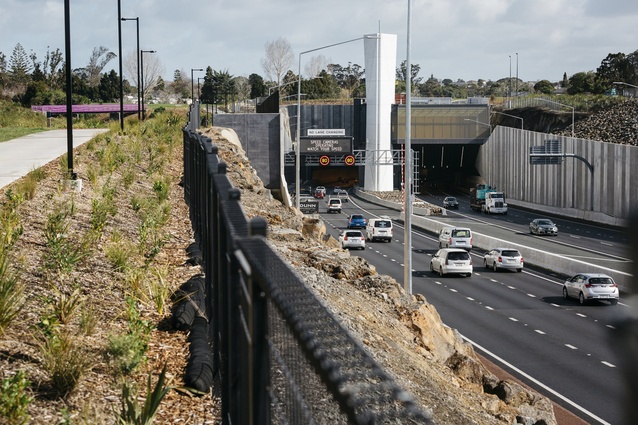Designing the future of our biggest city
Landscape Architecture Aotearoa discusses how Auckland developments get advice from the Auckland Urban Design Panel.
Since 2003, significant developments in Auckland have been run past the Auckland Urban Design Panel as part of a concerted council effort to improve the quality of the city’s built environment. Landscape architects play a crucial role in that panel, which also includes urban designers, architects, planners, Māori design experts and representatives from the Property Council of New Zealand.
Landscape architect Rachel de Lambert has just taken on the role of panel convenor. In fact, landscape architects make up 21 of the 54 members. De Lambert believes one of the panel’s strengths is the diversity of skills members have.
“The Panel is quite distinctive in that it does have Property Council representatives as part of the mix, so it understands that we need development in the city and that projects have to be commercially viable to be successful,” De Lambert told Landscape Architecture Aotearoa. “That Property Council balance means we have somebody on the panel who has a really good understanding of the commercial side of the development but is also seeking good urban design outcomes.”

Developers for any major project seeking resource consent can expect to go through the panel process with many projects seeking multiple sessions with the panel at different stages in the design process. Auckland Council officers ultimately decide when the panel’s input is needed, but there are specific triggers. These include:
- Major infrastructure projects such as motorways
- Projects deemed “transformational”
- Large developments near or within a town centre such as a shopping mall or supermarket
- High rise apartment, office buildings or large mixed developments
- Residential developments over 20 units
- Major council and council controlled organisation projects including streetscape upgrades and community facilities.
Among the benefits for developers are free, independent, expert advice and the opportunity to address design-related matters before lodging resource consent. This can speed up the consenting process. De Lambert says it also benefits future users of the space or building and helps ensure consistency. “The panel is about continually improving the quality of development for Auckland, particularly in terms of its public realm interfaces, how a development addresses the street and the quality of the places that it’s creating.”
Each panel meeting consists of four members from the different disciplines. Meetings are closed to the public, with the applicant team outlining the strategy behind the development proposal and the fundamental design decisions that have led to the proposed building and site programme, form and appearance. Once questions and responses are complete the panel compiles a set of recommendations, identifying where further work is required.

Panel members are recruited from around the country. Nicole Miller, design review panels lead from the council’s Auckland Design Office, says because the group is so highly regarded, members have to be at the top of their game.
“It’s quite a different skill set to be a very competent designer but also a very good reviewer and have strong critique skills,” Miller says. “So, when we find people with those skills we try to hang on to them for as long as we can.” However, she says they’re always on the lookout for fresh talent and every two years they do an official recruitment. Anyone who’s interested has to be able to commit to four to six half-day panel sessions a year. Miller says they rely on the recommendations of professional bodies when looking for new panel members.
De Lambert says it’s an exciting time to be a part of designing the face of New Zealand’s largest city. “Auckland is a city which has huge population pressures,” de Lambert says. “Growth is a challenge. But, I definitely think the changes in public transport, the demographic changes, all of those things are making Auckland a really interesting place to live. I think we’re on the right track.”
This article first appeared on the Landscape Architecture Aotearoa website, which is published by the New Zealand Institute of Landscape Architects (NZILA).













